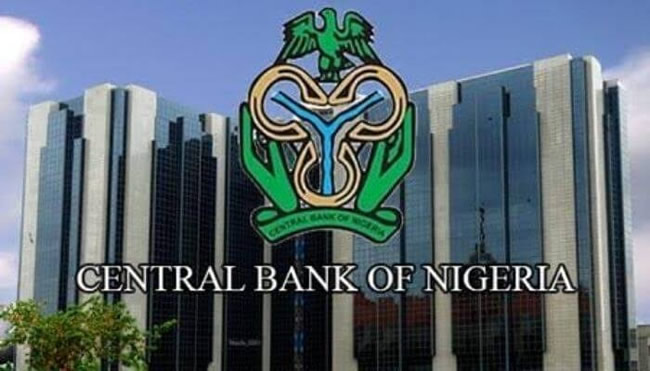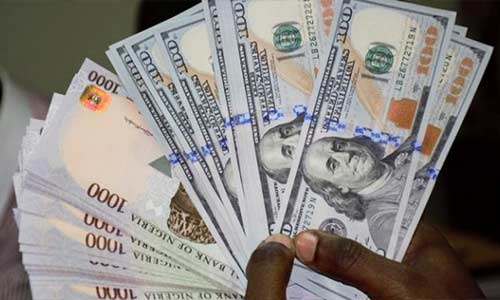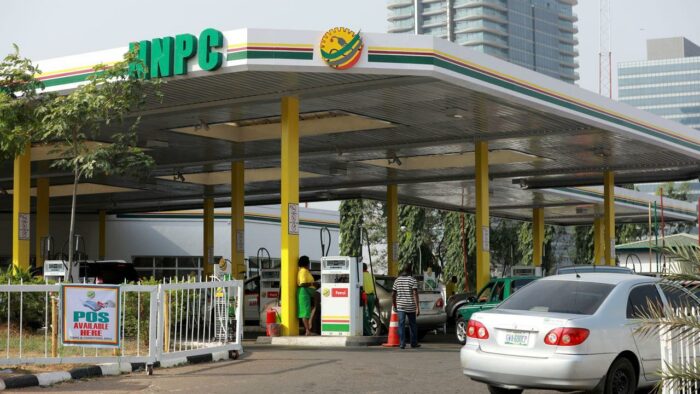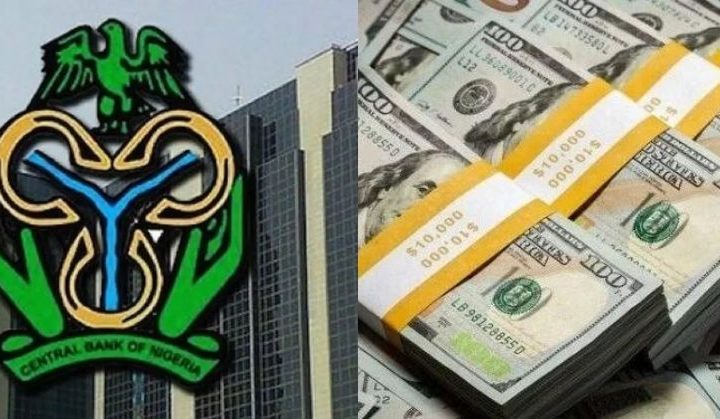The Central Bank of Nigeria (CBN) has raised the interest rate on the Standing Deposit Facility (SDF) from 19% to 26.5%.
This was announced in a circular released on Friday, 29th November 2024, signed by CBN’s Director, Financial Market Department, Dr Omolara Duke.
Join our WhatsApp ChannelThe circular said it was part of the decisions taken during the 298th meeting of the Monetary Policy Committee (MPC) of CBN.
The MPC which met on Monday, 25th and Tuesday 26th November, voted to retain the asymmetric corridor around the Monetary Policy Rate (MPR) at +500/-100 basis points.
The MPC raised the Monetary Policy Rate (MPR), which is the benchmark interest rate, by 25 basis points to 27.5% from 27.25%.
It also removed the second tier of the Standing Deposit Facility of 19% on deposits above ₦3 billion.
READ ALSO: Cash Scarcity: CBN, Banks, PoS Operators Trade Blame
“The SDF will now be remunerated on a single tier basis which is currently the Monetary Policy Rate (MPR) minus 100 basis points. Consequently, all SDF will be remunerated at the prevailing SDF rate of 26.50%,” part of the CBN circular reads.
“This circular supersedes the earlier circular on the Asymmetric Corridor indicated below:
“Superseded Circular: Ref: Subject: FMD/DIR/PUB/CIR/001/017, dated August 26, 2024 OPERATIONALISATION OF THE STANDING DEPOSIT FACILITY (SDF) SYMMETRIC CORRIDOR.”
The apex bank urged all Authorised Dealers to take note of this new development, adding that it takes immediate effect.
Under the previous framework, the SDF had a two-tier system where deposits up to ₦3 billion were paid at MPR minus 100 basis points, while deposits over ₦3 billion were paid at a far lower rate of 19%.
However, in the new system, the CBN has streamlined the system by adopting a single-tier rate for all deposits.
The new rate is pegged at MPR minus 100 basis points, resulting in an effective rate of 26.5%, as the current MPR stands at 27.5%.
Implications of the new Policy
This policy is part of measures to mop up excess liquidity in the financial system.
SDF is a monetary policy instrument deployed by central banks to regulate liquidity within the financial system. It allows banks to temporarily deposit excess funds with the central bank and earn interest on them. The aim of an SDF is to absorb excess liquidity from the banking system and manage it in the economy.
The removal of the second-tier SDF and increasing interest rate on deposits to 26%, makes it more attractive for commercial banks with excess liquidity as they now have the opportunity to earn higher returns on large deposits.
This, according to analysts, enables banks to earn more revenues, and also discourages lending, especially loans that do not enable them to raise such.
Reducing excess liquidity in the banking system, is part of the overall inflation-control aim of the CBN.
Victor Ezeja is a passionate journalist with six years of experience writing on economy, politics and energy. He holds a Masters degree in Mass Communication.



















Follow Us